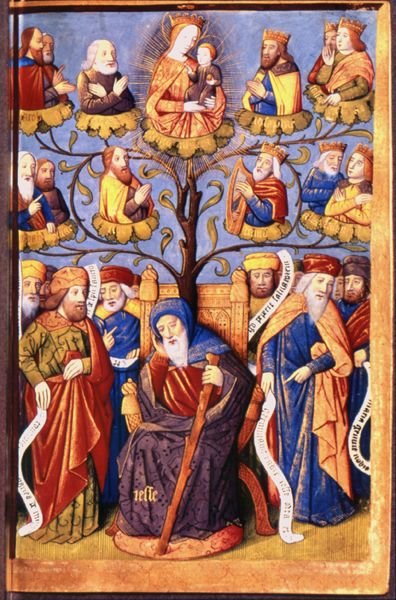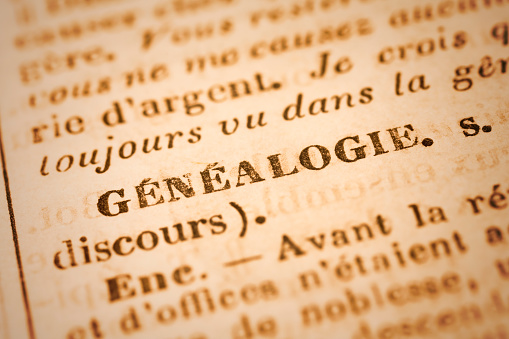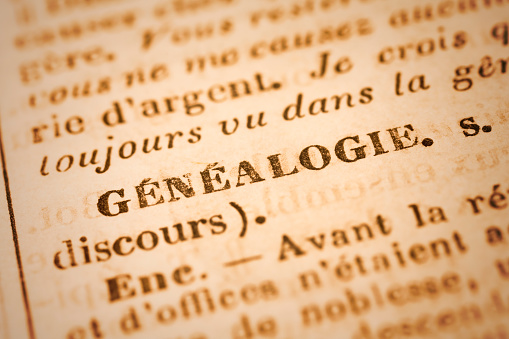 Should we believe in psycho genealogy?
Should we believe in psycho genealogy?

Anne Ancelin Schützenberger, director of the laboratory of social and clinical psychology at the University of Nice, is considered the creator of psychogenealogy. Her theory is based on her observations and draws its foundations from psychoanalysis. The idea is to search in the experiences of our ancestors for the sources of our possible psychological disorders, strange behaviours or even illnesses. She popularised her work with a book entitled « Aïe mes aïeux » (My ancestors).

Anne Ancelin uses Carl Jung’s concept of the « collective unconscious » on several levels, including a family unconsciousness. She also uses the concept of « invisible family loyalty », linked to that of family justice. In short, each member of the family unconsciously keeps in memory a subjective accounting of what he or she has given and received in the past and in the present, and what he or she will give and receive in the future. For example, a person who has been more spoiled than his or her siblings or who has been guilty of a crime may carry an unconscious debt and pass it on to his or her descendants over several generations, to the point that it is forgotten, but not without effect.
Tree of Jesse, with Jesse seated. Arsenal, manuscript 416 f° 7. Public domain >
The notions of « crypt » and « ghosts » invented by two Freudian psychoanalysts are then added. Murders, suicides, illegitimate children and mental illnesses affect most families over the generations. Yet they prefer not to talk about it. These secrets can become real « ghosts », in the sense that, locked up by the unspoken in a crypt of the family unconscious, they can emerge to influence the behaviour of people. They are then aware of acting irrationally in certain situations, but cannot help it. Ghosts are therefore a formation of the unconscious, born of the unmentionable secret of a grandfather and passed on unconsciously through the generations.
In short, a traumatic past event can influence the behaviour of family members. The psychogenealogist’s task is to make all this explicit.

To this end, he uses a tool known as the geno sociogram, which is in fact a family tree over 5 generations, but of a subjective nature. In fact, it is made up of the patient’s memory (and sometimes that of his relatives, of a group) and completed by the important life events (jobs, places of residence…) and important dates (births, marriages, deaths…) or even the habits of these ancestors. The psycho-genealogist will focus on the repetition of dates, professions, etc. and will then try to interpret them.
^ Genealogical tree published by Michel Eyzinger in Thesaurus principum hac aetate in Europa viventium in Cologne in 1590, p. 146-147. Public domain.
Anne Ancelin had identified repetitions in people with cancer (for example, the onset of cancer on the anniversary of the death of a grandfather). This could also explain why some people feel bad or depressed at certain times in their lives, without remembering these traumatic events.

All this makes for a lot of hypotheses. Anne Ancelin herself was cautious, acknowledging that nothing we know at this time from a psychological, physiological or neurological point of view allows us to understand how traumatic events can mark a family for generations. Nor did it explain how awareness of these events could break the repetitive cycle.

Moreover, probabilities trivialise the repetition of events. Thus, in a group of 50 people taken at random, there is a…97% chance that 2 will be born on the same day (and not 50 chances out of 365!).
Moreover, even if there is a supposed correlation, a link between two events, this does not mean that they are linked by a cause and effect relationship. Correlation should not be confused with causation.
Paradoxically, the argument of effectiveness for some people has never had any scientific value. Even if a person identifies an invisible family loyalty and is cured of his or her ailments, this does not prove the existence of generational transmissions.
It should be added that real abuses are possible. In good faith, false memories can be induced in the patient.
In short, as it stands, psychogenealogy remains a reflection, a hypothesis requiring further research.
It’s up to you to make up your own mind.
What do you think?


A GIFT for YOU: Madeline, Sissa and the archives under the mountain.
Faithful reader, I offer you an unpublished episode, not present in the novel. At the Departmental Archives, Madeline meets a genealogy enthusiast who introduces her to the subject… Where we talk about Sissa the chess player and a safe under the mountain.
With all my friendship,
Jean K. Saintfort
An unpublished episode to download
